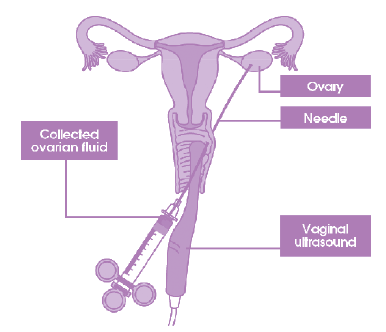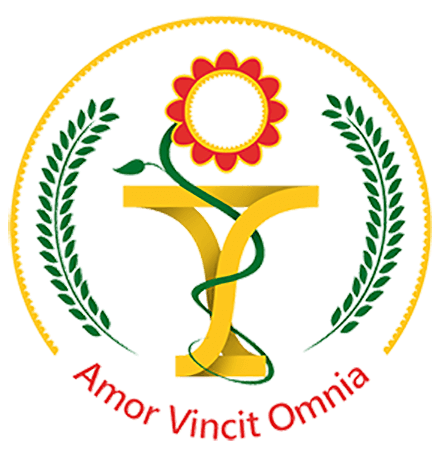In vitro fertilization (IVF) is a complex series of procedures used to treat infertility or genetic problems and assist with the conception of a child. It is the most effective form of assisted reproductive technology. The procedure can be done using your own eggs and your partner’s sperm. Or IVF may involve eggs, sperm or embryos from a known or anonymous donor. In some cases, a gestational carrier — a woman who has an embryo implanted in her uterus — might be used.

What is egg puncturing?
If you are using your own eggs during IVF, at the start of a cycle you will begin treatment with synthetic hormones to stimulate your ovaries to produce multiple eggs – rather than the single egg that normally develops each month. Multiple eggs are needed because some eggs will not fertilize or develop normally after fertilization.
Egg puncturing is also known as the oocyte pick-up, or OPU, egg retrieval is the process by which eggs or oocytes are removed from the ovary after stimulation during IVF. After you take fertility injections to grow multiple ovarian follicles, which house the eggs and once they reach the target size, ovulation is triggered and the egg are removed through the vagina during “mini-surgery”. Using an ultrasound doctors remove the eggs using a needle guide that is attached to ultrasound probe.
After being removed, the eggs go to the laboratory to be prepared for freezing or for fertilization with sperm to create embryos. When the embryos are created, they will be transferred to Intended mother’s uterus or it will be used with surrogate mother.
Medications for stimulation.
To stimulate your ovaries, you might receive an injectable medication containing a follicle-stimulating hormone (FSH), a luteinizing hormone (LH) or a combination of both. These medications stimulate more than one egg to develop at a time. When the follicles are ready for egg retrieval — generally after eight to 14 days — you will take human chorionic gonadotropin (HCG) or other medications to help the eggs mature. Typically, you will need one to two weeks of ovarian stimulation before your eggs are ready for retrieval.
About 34 to 36 hours after you receive the hCG shot, the egg retrieval will take place. It is normal to be nervous about the procedure, but most women go through it without much trouble or pain.
Is egg puncturing painful?
Before the egg puncturing, an anesthesiologist will give you some medication intravenously to help you feel relaxed and pain-free. Usually, a light sedative is used, which will make you “sleep” through the procedure. This is not the same as general anesthesia, which is used during surgery. Side effects and complications are less common. Overall egg retrieval is a safe procedure. Some fertility clinics prefer to use conscious sedation, which uses a sedative to help you relax and an anesthetic to numb and block pain.
Duration of operation
The egg puncturing process takes about 20 minutes. One benefit to conscious sedation is that recovery time is faster than general anesthetic, which allows you to head home and rest more quickly following the procedure. Another perk is that conscious sedation allows you to be awake and a part of the procedure without the anxiety and pain related to egg retrieval.
Many women who had experienced this process, found it fairly easy and without much pain after. Their advice is to be relaxed, because as they say there is no need to be nervous. After the process, you can have a rest for one or two hours and then leave the clinic. Most likely you will go home and sleep the rest of the day. The next day of egg retrieval you will be able to do everything, you have been doing before it.
For you this is the only way to get a baby genetically related to parents and this process often gives good results and it definitely worth to try.
Author: Knarik Margaryan, Coordinator of Pons Medical Group

